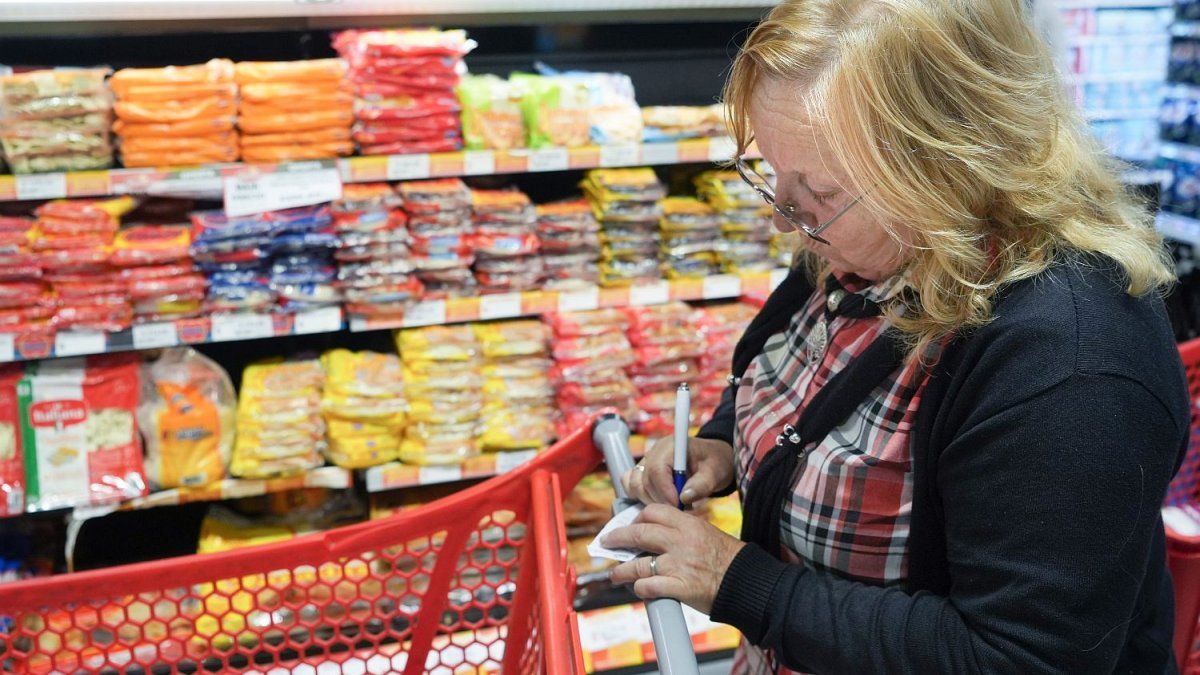During the last year of the government of Alberto Fernández Family debt increased to cover basic needs. 60% of people who requested a loan did so to cover daily expenses or pay debts.
The increase in the cost of living during the 2023 had a full impact on the pockets of the Argentines to the point of being forced to request credits to attend to the payment of essential services which until that moment they covered with a credit card or, in the best of cases, with cash.
The inflation of 211.4%a record in Argentina in the 21st century, was a blow to the employees that until November they had lost 16 points against the IPC, situation that worsened in December due to the devaluation of Javier Milei.
Debt grew to pay essential expenses
A fintech report Credits revealed that, given this situation, the trend of credits to acquire durable goods or to make home repairs began to reverse. Currently, 6 out of 10 people request loans from the financial institution to cover essential needs.
The main uses of the loans were daily household expenses, coverage of medical treatments and payment of debts. This last item is the one that generates the most concern because in a few months its percentage doubled.
“During the 2022, the percentage of clients who declared that they allocate the requested cash for security issues basic needs and economic emergencies was 20% for debts and another similar percentage for service payments and accounts”, among which are cards, school fees, rentals, he explained to Ámbito Nadia Aimi, Customer Experience Manager at Crediquotas.
However, At the beginning of 2023, the request for loans to cover debt began to increase. “The subcategory of settling debts and overdue accounts is the one that is growing,” Aimi continued and went into depth: “As of the last semester, almost 40% of clients tell us that they use the loan for this purpose.”
Low-amount loans grow
During last year More than 5 million people requested loans through online mechanisms, according to a fintech survey. This is a growth of 15% compared to the previous year. However, there was barely a 7% increase in borrowed capital. That is, the loans are low. “This is because the greater demand was boosted by greater accessibility promoted by players such as virtual wallets, where he loan ticket is lower with respect to competitors,” Aimi explained.
As for the socioeconomic profile of applicants for loans they pointed out that The vast majority (about 70%) belong to the middle and lower income sectors. While the analysis by gender shows that around 60% are women. In relation to ages, more than 75% are between 31 and 59 years old.
Despite the increase in indebtedness for basic expenses, symptom of the complex economic situation that citizens are going through, Hernán Plomer, leader of the company’s Risk Strategies and Models, explained that the Long-term customer delinquency indicators “show very stable results in recent years.”
Furthermore, he highlighted that, in recent months, in the midst of a worsening of the economic situationshort-term figures “improved compared to previous periods.”
In any case, the change of government and the first measures of Milei, like the strong devaluation of 118%, put customers on alert, which had an impact on the demand for credits. “At the time of definition and transition of government, what was seen was user caution in the face of a scenario of uncertainty, where lower demand was identified,” Aimi clarified.
The economic instability and the serious social crisis accelerated the indebtedness of Argentines. More and more families must resort to loans to cover everyday expenses. The inflation of recent years, plus that expected for the coming months, does not offer an optimistic outlook for the pocketbook.
Source: Ambito
I am a 24-year-old writer and journalist who has been working in the news industry for the past two years. I write primarily about market news, so if you’re looking for insights into what’s going on in the stock market or economic indicators, you’ve come to the right place. I also dabble in writing articles on lifestyle trends and pop culture news.




